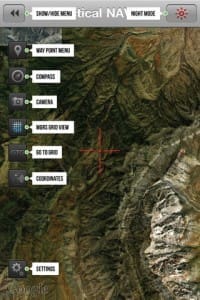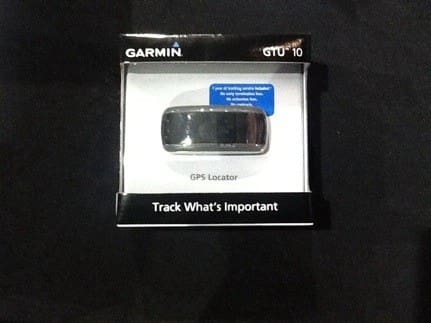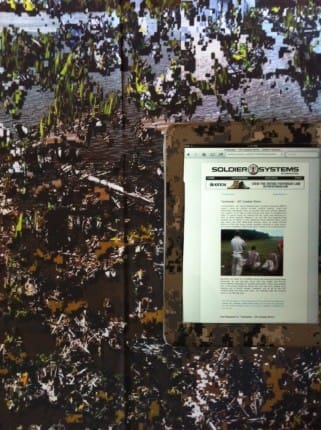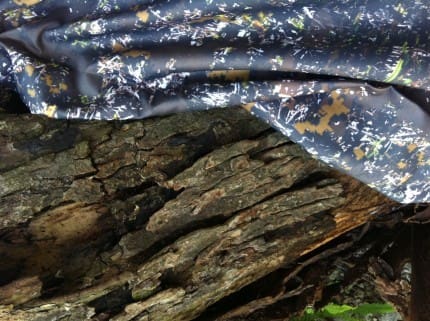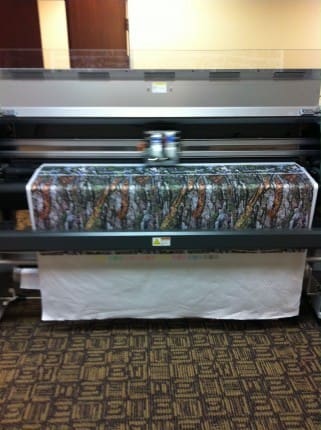Already the techno websites are making much hay of the Army’s move to a new End User Device that will, most assuredly, wipe the notion of what was Land Warrior/Nett Warrior from our collective bad memories. By removing 70% of the weight from the Soldier, the End User Device is simultaneously enhancing the capability of the system as a whole.
What has tongues wagging is that, thankfully, the Android-based systems currently being evaluated are not phones. That’s right. As PEO Soldier, BG Camille Nichols stated at yesterday’s media roundtable, they are NOT 3G devices. Instead, the Army will connect these End User Devices to the Rifleman’s Radio variant of the Joint Tactical Radio System or JTRS. It is pronounced “jitters” as in, that radio system that is still in development hell after 15 years gives me the JTRS. At any rate, the Rifleman’s Radio segment of JTRS actually works and much better than its predecessors the PRC 126, 127 or God forbid 68 (if you are old enough). Plus, it handles data pretty well which is critical for a system like this.
Why no 3G you might ask? Simple, it’s all about the infrastructure, or lack thereof. Oddly enough, we rarely fight in places with a nice, new 3G (or better) network in place. And even if it is there, the bad guys are using it so we have to knock it out in order to disrupt their Command & Control. Sure, there are new portable mobile networks being developed, but they are still just phone networks that rely on switches. A radio on the other hand does not. Radios can talk to other radios without a switch and if a redundant mobile network goes down, radios continue to Soldier on. Yes, we know that a cellphone uses a radio. Unfortunately, it requires a complex infrastructure to work. Like it or not, the Rifleman’s Radio is the key here.
This strategy can also be cheaper. If a newer End User Device is approved you aren’t stuck with that pesky contract. Instead, you just go out and buy the new one. Likewise, if we upgrade radios there’s no need to replace everything.
And then, there’s that whole accreditation issue. How do you keep the data and access to the network safe safe from the enemy? That’s the current long pole in the tent, working out the security for the device. But, we are very pleased to hear, that the Army gets it. Unfortunately, those writing about it don’t seem to.
Most of the comments flying around the interwebs about this issue are confounded about why we can’t just go buy the latest ‘Droid, let the troops upload some apps, and go kick ass. That’s because those commenting know two things about warfighting. That’s “Jack”, and you can guess the other one. What’s worse, they don’t seem to have much of a grasp on telecommunications either.
So, big points here:
Army looking at Android based tablet or handheld devices.
Army is not going 3G with the End User Device.
Mobile Devices require a network, networks don’t exist in places we tend to fight.
Consequently, radios are not going away.
Discuss amongst yourselves…


